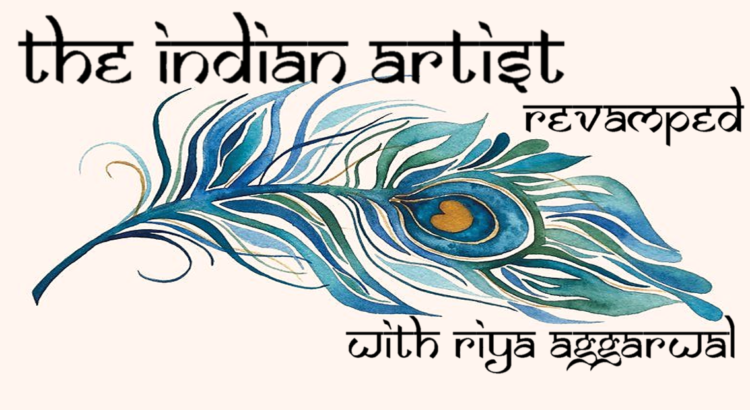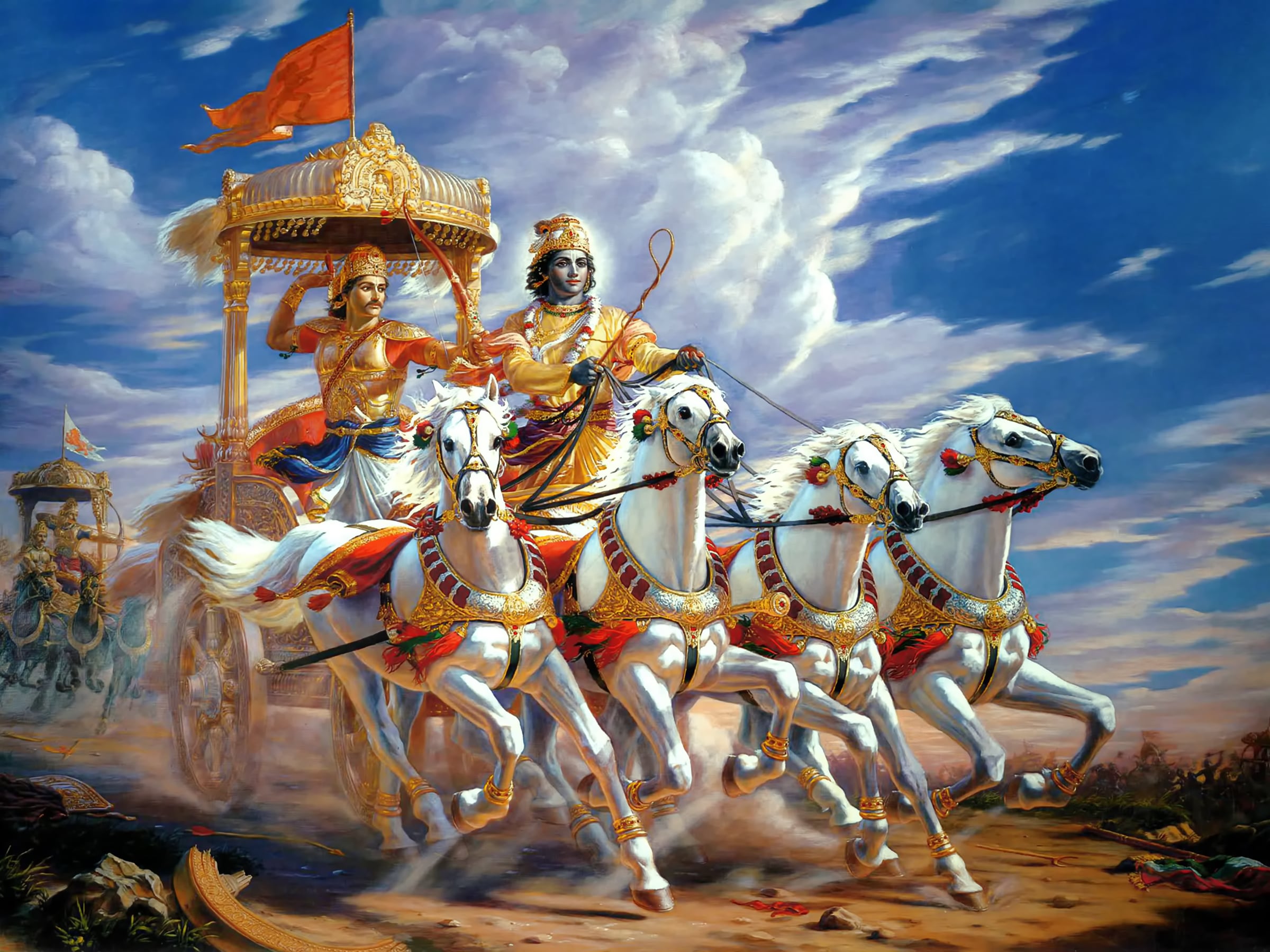I take a few steps back to really take in what I have created in front of me. I scrutinize each and every brushstroke while searching for the likeness that I am striving for. There’s something missing, something not quite right in the eyes of my subject. I pick up my smallest filbert and place a speck of white on the canvas. There. I think I got it.
I have always been made to feel like a walking contradiction, an antithesis of a being where dichotomous passions mix and find a unique juxtaposition. I had to pick, I could not pursue a career in medicine while also being a producer of art. When I tell people that I am a Molecular Biology major with a double minor in Art & Design and Sociology, I usually get looks of curious wonder mixed with confusion and doubt.
“Well that’s a different combination, your parents are forcing you to be a doctor then, huh?” asked an elderly gentleman with whom I found myself engaging in conversation at the Union. I reply with a smile and a light laugh, “I am very passionate about both. There is more in common than you might think!”
This was not the first time that I had encountered a similar line of questioning. We have been told that art is connected to our right brain and science our left, separated, immutable, immiscible. The practitioners of science and art are forever segregated with no opportunity of crossing over.
Science and medicine allow us to understand the fundamental inner workings of human beings. However, art allows us to navigate deeper emotions such as pain, love, and hope. Art is the avenue through which I communicate my culture, dreams, and inner machinations that oftentimes cannot be put into words, a symbolic language meant to illuminate the human condition.
I awoke from my appendectomy with a sharp pain and an overwhelming feeling of cold. I was panicky, covered in sweat, and… itchy? What was that, paper underwear? I remember displacing the stress and pain that I was feeling in the form of frustration over incoherent undergarments. It was odd that the calm I had felt before surgery, the calm that allowed me to pat my mother’s hand and reassure her that the surgeon would take care of me at the tender age of nine, had been replaced by what I can now only describe as a temper tantrum. I remember that I was feverish and irritated, inconsolable even though the laparoscopic surgery was successful in removing the ruptured vestigial organ. I remember feeling alone, cold, and in pain.
At that moment the surgeon handed me a pencil and a small drawing pad. A small smile danced on my lips. As I occupied my hands, my mind cleared. Of course, a pair of my own underwear sweetened the deal.
The surgeon’s actions spoke volumes more than any words of comfort could have. She must have remembered that I had said that I loved drawing before the surgery. It was at this moment that I understood the power that art can have.
Years of keen observation, studying the human form, and perfecting it into the craft of hyperrealist art has allowed me to deeply understand the art form that is medicine itself. Medicine is a practice, one that is meant to be extremely personal, patient-centered, culturally informed, and flexible. Just as every painting, every sonata, every tango has an intended audience, so too does every patient. The unique craft of each physician is honed over years of study. Each move in and out of the operating room is perfectly crafted to the subject, aimed at producing a masterpiece in caretaking, confident yet malleable, reaching yet refined.
“Good morning, my name is Riya and I will be your nursing assistant today!” As I introduced myself to Robert at the beginning of my day shift, I knew right away that I had found a fellow art-lover. Prints of beautiful paintings covered the walls of the hospital room and light sketches showing the signs of an aging, unsteady hand were strewn across the overbed table. Over the course of the next twelve hours, I came to learn about my patient’s favorite mediums, the collection that he acquired over the years, and his overall love for art. I shared with him my own portfolio, teaching him about the aspects of my Hindu culture that I integrate into my paintings. I showed him the progress that I had made on a hyperrealistic colored pencil piece depicting the festival of Holi. Was it possible that the years of cultivating creativity, years of teaching myself to approach each model from every perspective, had allowed me to offer something even more in patient care, the next level of conscientiousness where I empathized with his pain and worries, was receptive of his unique background and culture, and lacked any judgement whatsoever.
This is what I wish I could have told that man at the Union. This is the reason behind my seemingly dichotomous endeavors. I am privileged that art has given me the empathy, patience, detail-orientation, perspective-taking, and cultural competency to be able to approach science and medicine with fresh eyes.
I would like to think that there is courage in putting one’s imagination on display. There is dedication in the time and years of repetition that it takes to foster creativity and curiosity just as there is in the time it takes to cultivate a career in medicine. Like flexibility, these are things that need to be practiced and reinforced so that they remain malleable, understanding that no one treatment, no one approach to the composition, suits every subject. There is uneasiness in speaking your mind and exposing yourself to vulnerability and criticism, but there is even more humility in learning to accept fingers that are pointed directly your way. Art has taught me more about myself that I could have ever imagined and instilled in me the values I use to benefit those I serve.
 There is something magical in James Jean’s art. In his large-scale paintings, James Jean depicts detailed cosmological worlds filled with allegorical, abstract, and contemporary imagery. He incorporates elements of traditional Chinese and Japanese scroll paintings, Japanese woodblock prints, Renaissance ideas, and beautiful imagery into his work. When I first saw Jean’s work, I was enamored. The very first art book that I bought was Pareidolia and I often find myself from time to time curled up on my couch just flipping through the pages, taking in the mastery. One of my favorite pieces is Tiger III. It is a gorgeous illustration that has a slightly psychedelic and 3d aspect to it. The details in the piece do an incredible job of drawing in the viewer.
There is something magical in James Jean’s art. In his large-scale paintings, James Jean depicts detailed cosmological worlds filled with allegorical, abstract, and contemporary imagery. He incorporates elements of traditional Chinese and Japanese scroll paintings, Japanese woodblock prints, Renaissance ideas, and beautiful imagery into his work. When I first saw Jean’s work, I was enamored. The very first art book that I bought was Pareidolia and I often find myself from time to time curled up on my couch just flipping through the pages, taking in the mastery. One of my favorite pieces is Tiger III. It is a gorgeous illustration that has a slightly psychedelic and 3d aspect to it. The details in the piece do an incredible job of drawing in the viewer.

 Good morning everyone! I hope that this blog post finds you well! I had the great opportunity of being one of the artists at the 3rd annual What The F Art Fair this past Saturday. The fair was dedicated to showcasing the art of women, queer, and BIPOC artists across all different styles and mediums. It was incredible to see so many female artists under one roof, sharing their passion, talents, and skills with others!
Good morning everyone! I hope that this blog post finds you well! I had the great opportunity of being one of the artists at the 3rd annual What The F Art Fair this past Saturday. The fair was dedicated to showcasing the art of women, queer, and BIPOC artists across all different styles and mediums. It was incredible to see so many female artists under one roof, sharing their passion, talents, and skills with others! evening!
evening! As a bit of background and for anyone who may be asking why I would every do this, here it is. I have struggled with my body image and relationship with food for quite some time. The past 6-7 months have been very challenging for me and I wanted to do something positive that would not only help me regain control physically, but mentally as well. Fasting has proven evidence of reducing risks of cancer and diabetes, increasing autophagy, decreasing anxiety and depression, and of course aiding in weight loss.
As a bit of background and for anyone who may be asking why I would every do this, here it is. I have struggled with my body image and relationship with food for quite some time. The past 6-7 months have been very challenging for me and I wanted to do something positive that would not only help me regain control physically, but mentally as well. Fasting has proven evidence of reducing risks of cancer and diabetes, increasing autophagy, decreasing anxiety and depression, and of course aiding in weight loss.

